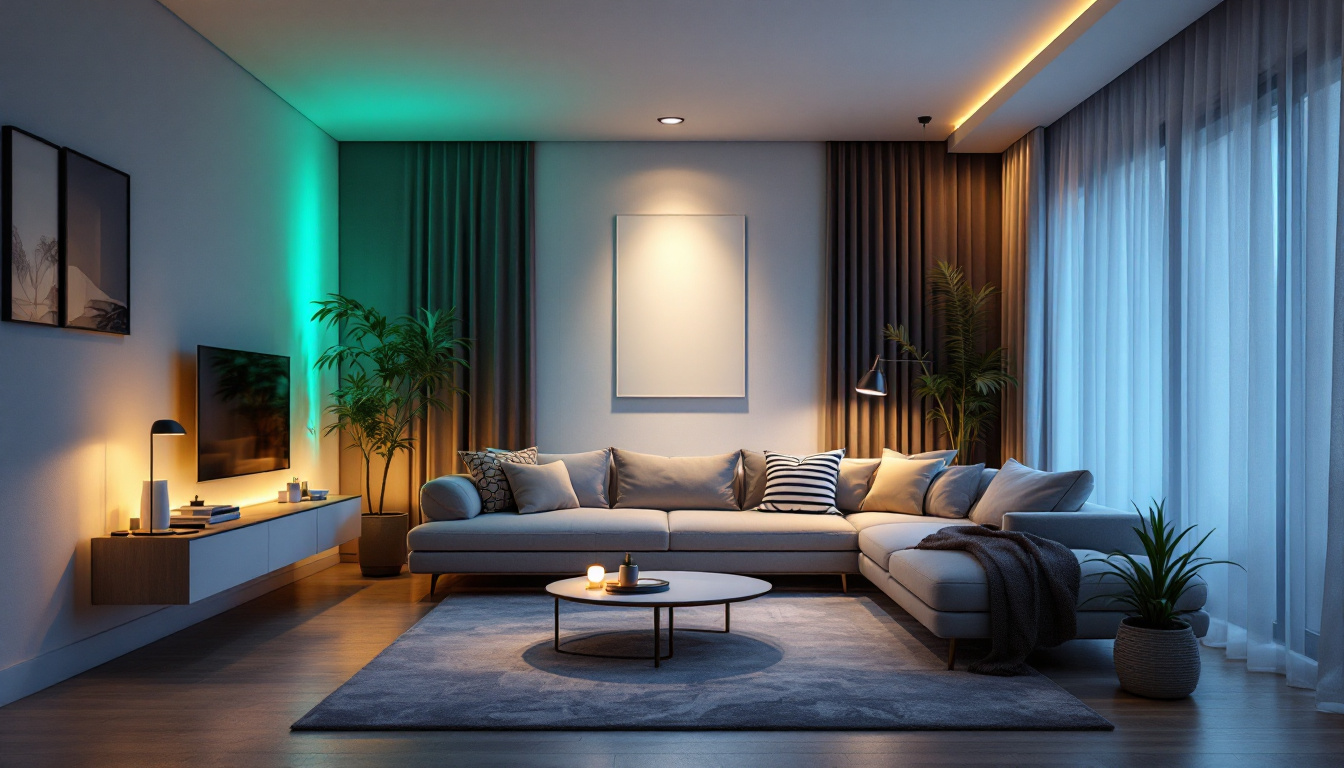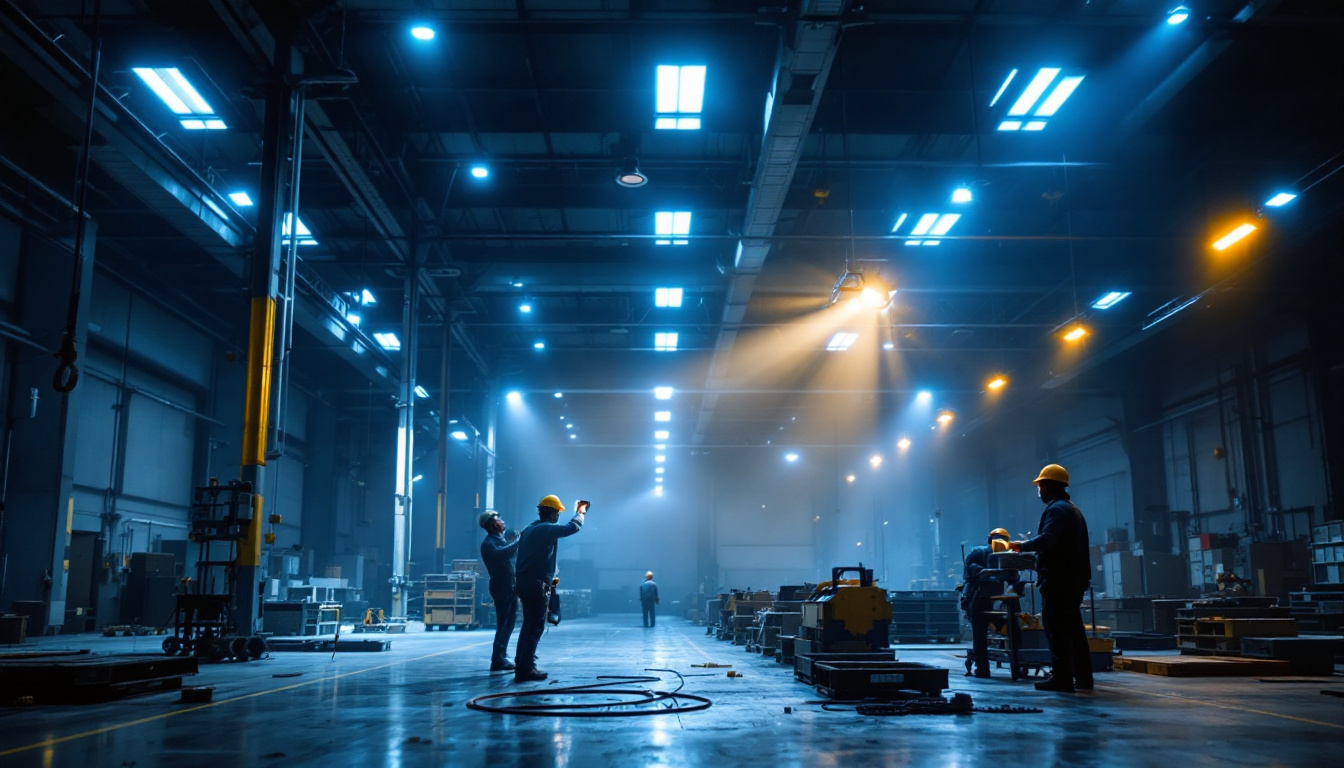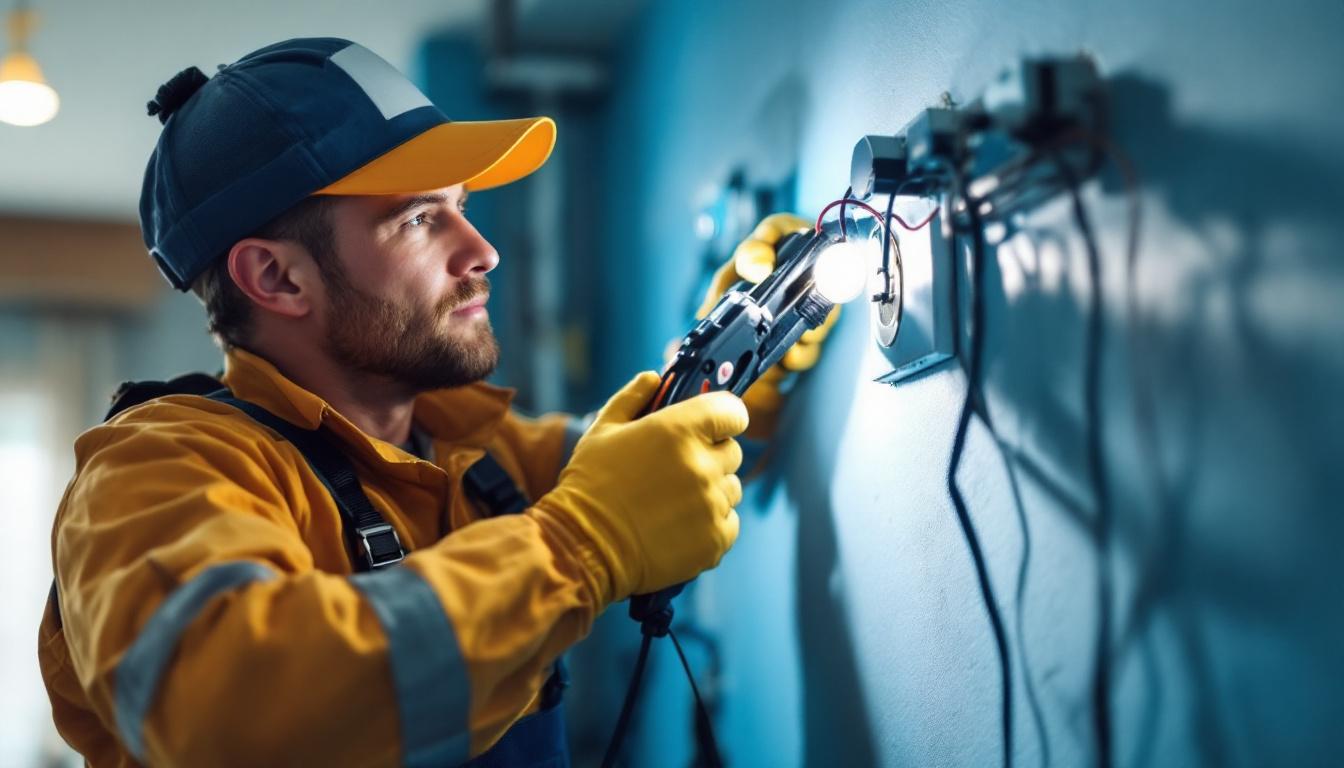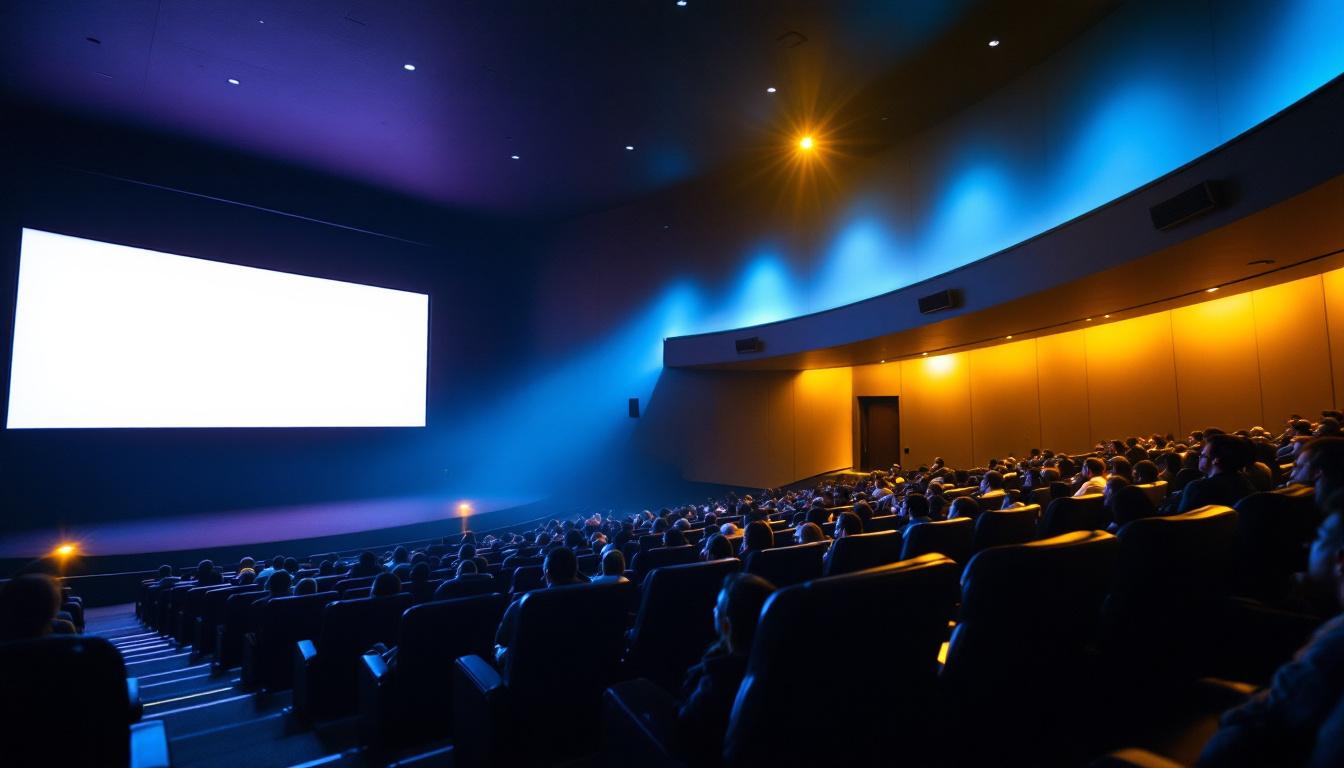
In the realm of modern lighting solutions, LED lights have emerged as a frontrunner, revolutionizing the way we illuminate our spaces. For lighting contractors, understanding the nuances of LED technology is essential for delivering energy-efficient solutions that meet client needs. This article delves into four key aspects of LED lights that every contractor should be familiar with, ensuring that their projects are not only aesthetically pleasing but also environmentally responsible.
Light Emitting Diodes (LEDs) represent a significant advancement in lighting technology. Unlike traditional incandescent or fluorescent bulbs, LEDs produce light through a process called electroluminescence. This process involves the movement of electrons within a semiconductor material, resulting in the emission of light. The efficiency of LEDs is one of their most compelling attributes, making them a popular choice for various applications.
One of the most notable benefits of LED lights is their energy efficiency. LEDs consume significantly less power compared to traditional lighting options. For instance, while a standard incandescent bulb might use 60 watts to produce a similar amount of light as a 10-watt LED, the savings on energy bills can be substantial over time. This efficiency not only reduces electricity costs for consumers but also contributes to lower carbon emissions, making LEDs an environmentally friendly choice. Furthermore, the reduced heat output of LEDs means that less energy is wasted as heat, further enhancing their efficiency and making them safer to use in enclosed fixtures.
LED lights are known for their impressive lifespan, often lasting up to 25,000 hours or more. This longevity translates to fewer replacements and reduced maintenance costs, a significant advantage for both residential and commercial installations. Additionally, LEDs are more durable than traditional bulbs, as they are resistant to shock, vibration, and extreme temperatures. This resilience makes them suitable for a wide range of applications, from outdoor lighting to industrial environments. In fact, many municipalities have begun to replace streetlights with LED fixtures, not only to save on energy costs but also to enhance public safety with brighter, more reliable lighting. The ability of LEDs to maintain their brightness over time without flickering or dimming also contributes to a more consistent and pleasant lighting experience.
Another fascinating aspect of LED technology is the wide range of colors and color temperatures available. Unlike traditional bulbs that typically emit a warm yellow light, LEDs can produce a spectrum of colors, from cool whites to vibrant hues, making them ideal for various settings and moods. This versatility allows designers and homeowners to create dynamic lighting schemes that enhance the aesthetic appeal of spaces. Moreover, advancements in RGB (Red, Green, Blue) LED technology enable users to mix colors and create custom lighting effects, further expanding the creative possibilities. Whether for festive occasions, theatrical productions, or simply to set the right ambiance at home, LEDs offer unparalleled flexibility in lighting design.
As the demand for LED lighting continues to grow, a variety of LED products have emerged to cater to different needs. Understanding the different types of LED lights available can help contractors make informed decisions when selecting products for their projects.
LED bulbs are the most common type of LED lighting and are designed to replace traditional incandescent bulbs. Available in various shapes and sizes, these bulbs can be used in standard fixtures, making them an easy upgrade for homeowners looking to improve energy efficiency. They come in different color temperatures, allowing for customization of ambiance in any space. Additionally, LED bulbs have a significantly longer lifespan than their incandescent counterparts, often lasting up to 25,000 hours, which translates to less frequent replacements and reduced waste. This longevity, combined with their lower energy consumption, makes LED bulbs a smart choice for both residential and commercial applications.
LED strip lights are flexible circuits populated with LEDs, making them ideal for creative lighting solutions. These strips can be cut to size and easily installed in various locations, such as under cabinets, along staircases, or in coves. Their versatility allows for innovative designs and can enhance the aesthetics of any environment. Many LED strip lights also come with adhesive backing, making installation a breeze without the need for additional hardware. Furthermore, they can be controlled with dimmers or smart home systems, allowing users to adjust brightness and color settings to create the perfect atmosphere for any occasion. This adaptability makes LED strip lights a popular choice for both residential and commercial spaces, from cozy home theaters to vibrant retail displays.
LED panel lights are flat fixtures that provide a sleek and modern look, often used in commercial and office settings. They offer uniform light distribution and can be recessed into ceilings or mounted on surfaces. These lights are particularly effective in spaces that require bright, even illumination, such as conference rooms and retail environments. In addition to their aesthetic appeal, LED panel lights are designed to be energy-efficient, consuming significantly less power than traditional fluorescent lights. Many models also feature advanced technology such as flicker-free lighting and adjustable color temperatures, which can enhance productivity and comfort in workspaces. Moreover, their slim profile allows for easy integration into existing lighting systems, making them a practical choice for renovations and new constructions alike.
The transition to LED lighting offers numerous advantages beyond just energy savings. For lighting contractors, understanding these benefits can enhance their value proposition to clients.
While the initial investment in LED lighting may be higher than traditional options, the long-term savings are undeniable. Lower energy consumption leads to reduced utility bills, and the extended lifespan of LEDs means fewer replacements and maintenance costs. Over time, these savings can significantly outweigh the upfront costs, making LEDs a financially sound choice.
LED lights are not only cost-effective but also environmentally friendly. Their lower energy consumption contributes to reduced greenhouse gas emissions, helping to combat climate change. Furthermore, LEDs do not contain hazardous materials like mercury, which is found in some traditional bulbs. This makes them a safer option for both consumers and the environment.
LEDs offer superior lighting quality compared to traditional options. They provide instant illumination without the warm-up time associated with fluorescent lights, and their color rendering capabilities are often superior, allowing for more accurate color representation. This quality makes LEDs an ideal choice for applications where lighting accuracy is paramount, such as in art galleries or retail spaces.
When it comes to installing LED lights, there are several factors that contractors should keep in mind to ensure optimal performance and client satisfaction.
Before installing LED bulbs, it is crucial to assess the compatibility of existing fixtures. Some older fixtures may not be designed to accommodate the lower wattage of LEDs, which can lead to issues such as flickering or reduced performance. In such cases, it may be necessary to replace or upgrade fixtures to ensure proper functionality.
Many clients prefer the ability to dim their lights for added ambiance. However, not all LED lights are compatible with dimmer switches. Contractors should ensure that the selected LED products are labeled as dimmable and are compatible with the existing dimming systems. This consideration will enhance the overall user experience and satisfaction.
Heat management is another critical aspect of LED installation. While LEDs produce less heat than traditional bulbs, they can still generate heat that needs to be dissipated effectively. Ensuring proper ventilation and using fixtures designed for LED applications can prevent overheating and prolong the life of the lights.
The landscape of LED lighting is continuously evolving, with new technologies and trends emerging regularly. Staying informed about these developments can help contractors remain competitive and offer cutting-edge solutions to their clients.
One of the most exciting trends in LED lighting is the integration of smart technology. Smart LED lights can be controlled via mobile apps or voice-activated devices, allowing users to customize their lighting experience easily. This technology not only enhances convenience but also offers energy-saving features, such as scheduling and remote control capabilities.
Human-centric lighting focuses on creating environments that support human well-being and productivity. This approach considers factors such as color temperature and intensity, which can influence mood and alertness. As awareness of the importance of lighting on health grows, contractors may find increasing demand for solutions that prioritize human-centric designs.
Recent advancements in color technology have led to the development of tunable white LEDs, which allow users to adjust the color temperature of their lighting. This flexibility can create different atmospheres and support various activities throughout the day. As this technology becomes more accessible, it will likely become a standard feature in many lighting designs.
LED lights are undoubtedly a game-changer in the lighting industry, offering energy efficiency, longevity, and superior lighting quality. For lighting contractors, understanding the intricacies of LED technology, types of products available, and installation considerations is crucial for delivering exceptional service to clients. As the industry continues to evolve, staying informed about emerging trends will ensure that contractors remain at the forefront of energy-efficient lighting solutions.
By embracing LED technology, contractors can not only enhance their project offerings but also contribute to a more sustainable future. The transition to LED lighting is not just a trend; it is a necessary step towards energy efficiency and environmental responsibility.
Ready to elevate your lighting projects with the most energy-efficient and cost-effective LED solutions? Look no further than LumenWholesale, where we provide contractors with the highest quality, spec-grade LED lighting products at unbeatable wholesale prices. Say goodbye to local distributor markups and hello to our extensive selection that meets rigorous industry standards. Plus, enjoy the convenience of free shipping on bulk orders, ensuring you get premium lighting at the best value — without any hidden fees. Make the smart switch to LED with LumenWholesale and experience the ideal fusion of quality, affordability, and convenience. Wholesale Lighting at the Best Value is just a click away.

Discover how lighting contractors can simplify home movie theater projects with expert tips on selecting the right lighting solutions.

Discover why lighting contractors are turning to high bay LED lights with 30,000 lumens for superior illumination.

Discover how wire running tools revolutionize lighting installations by enhancing safety and efficiency.

Discover essential tips for lighting contractors to enhance movie theater experiences.